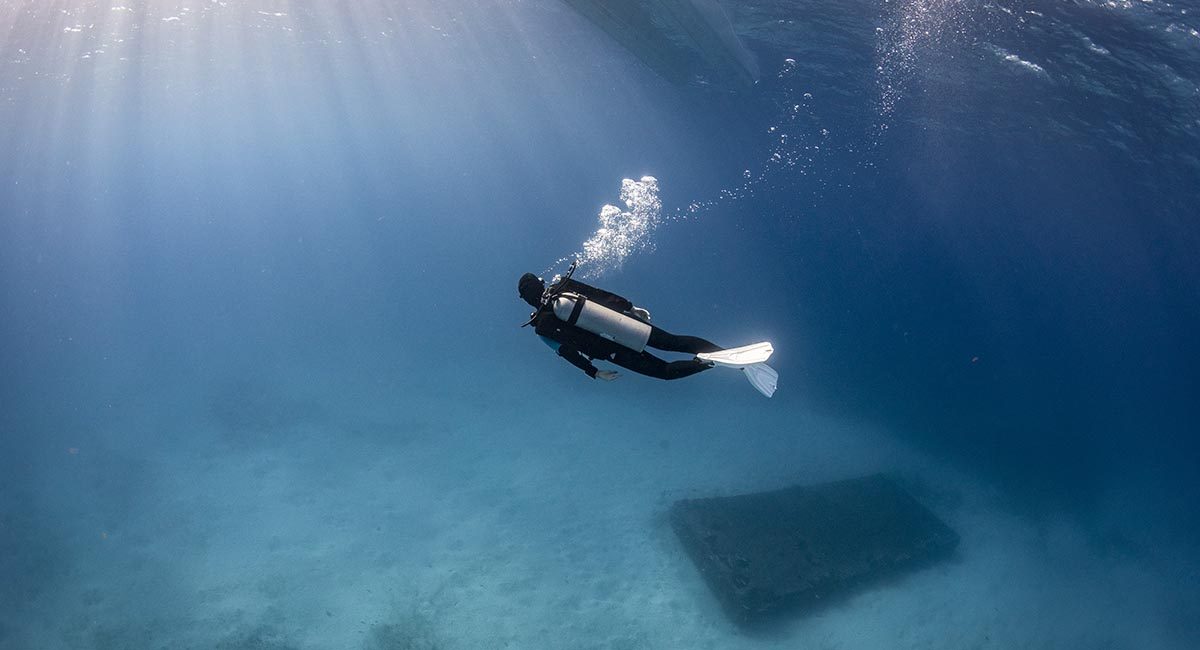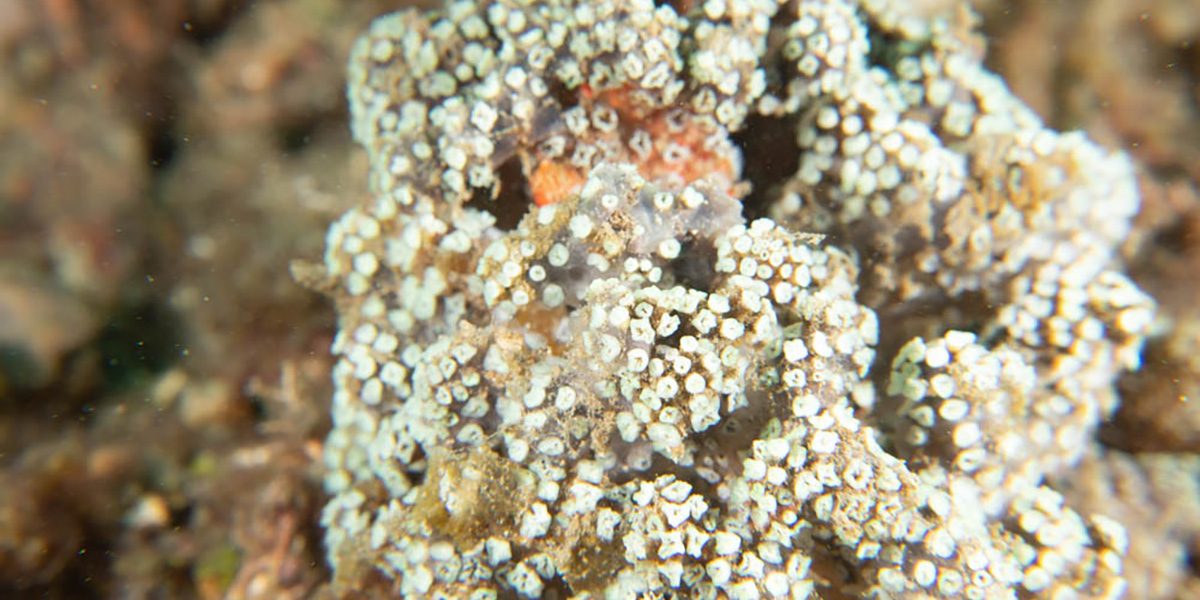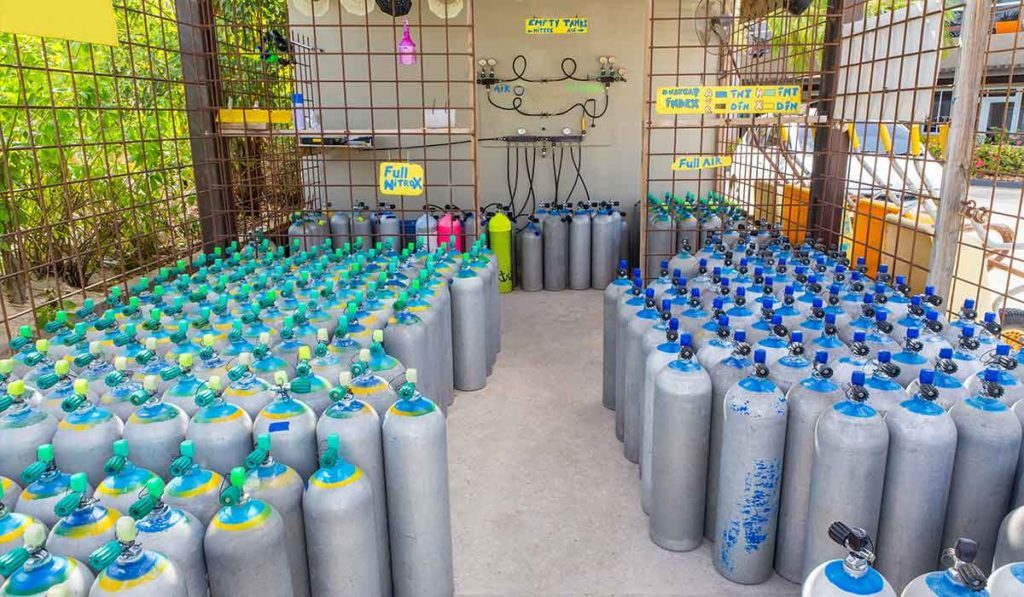Learning from your own mistakes and misfortunes is crucial, but don’t miss the opportunity to learn from others.
DAN has maintained a diving incident database since 1989. Originally limited to scuba diving incidents, it now includes open-circuit scuba, breath-hold and rebreather incidents. We collect, analyze, anonymize and publish this data in the DAN Annual Diving Reports and in these case summaries for the benefit of the diving community. Often featuring expert commentary, these summaries help divers of all experience levels improve their risk management skills and identify safe diving practices. Scroll down to browse the case summaries, or use the search field to the right.
DAN relies on divers to voluntarily report cases and near misses. No individual will be identified in any case reports published or presented orally. We appreciate every diver’s time and effort in telling their stories and sharing their insights.


